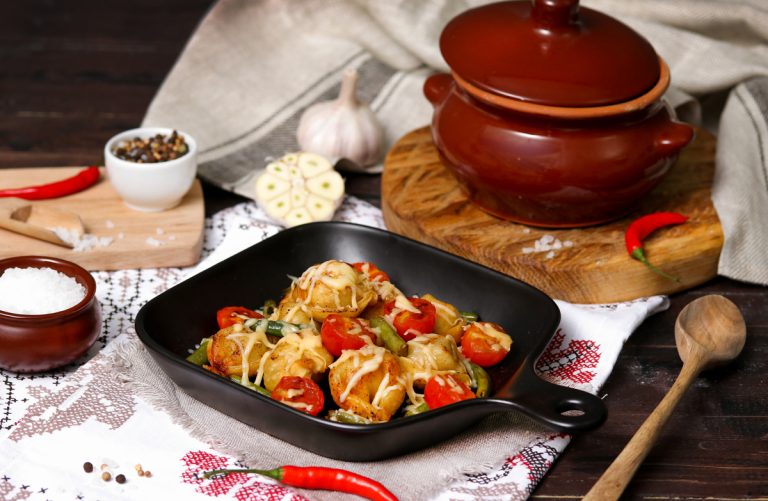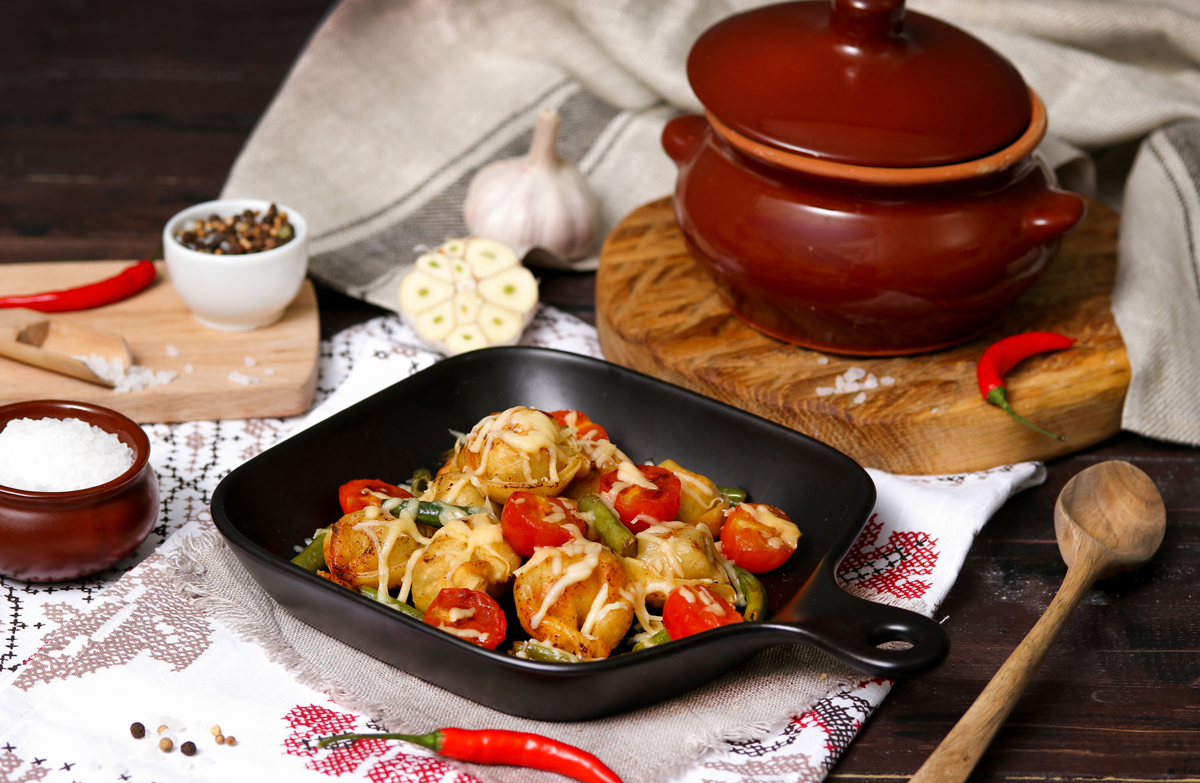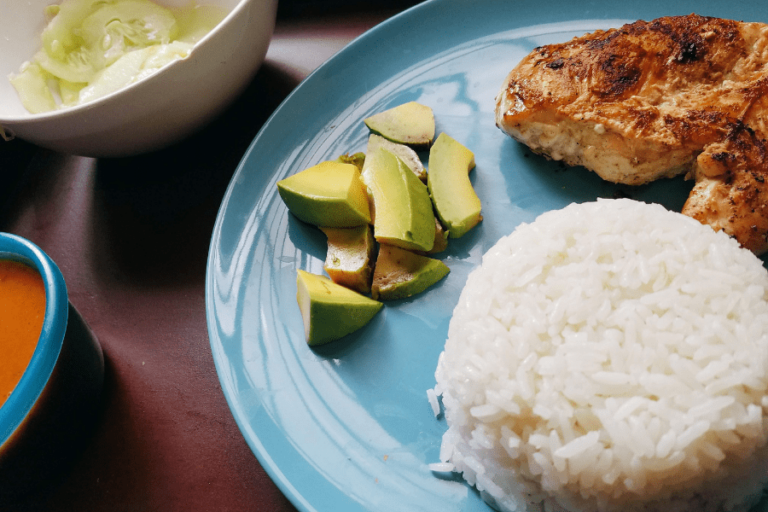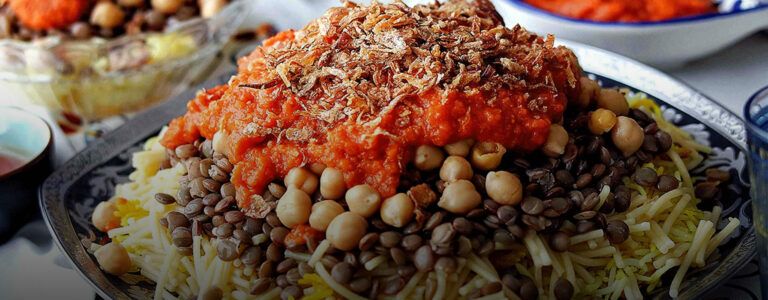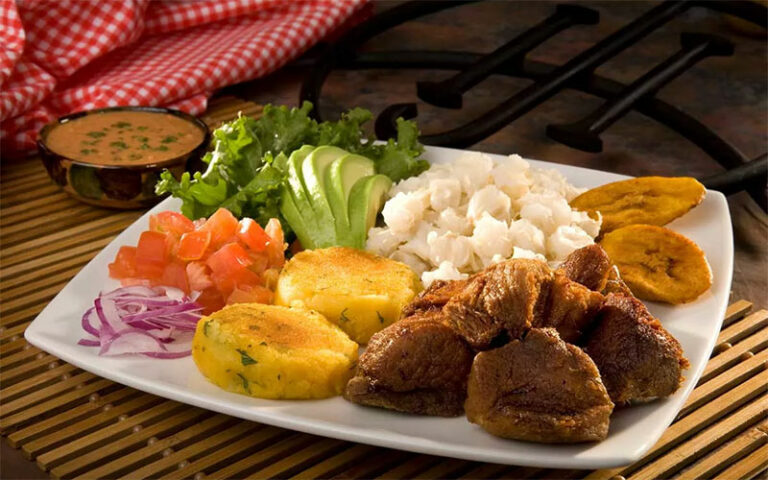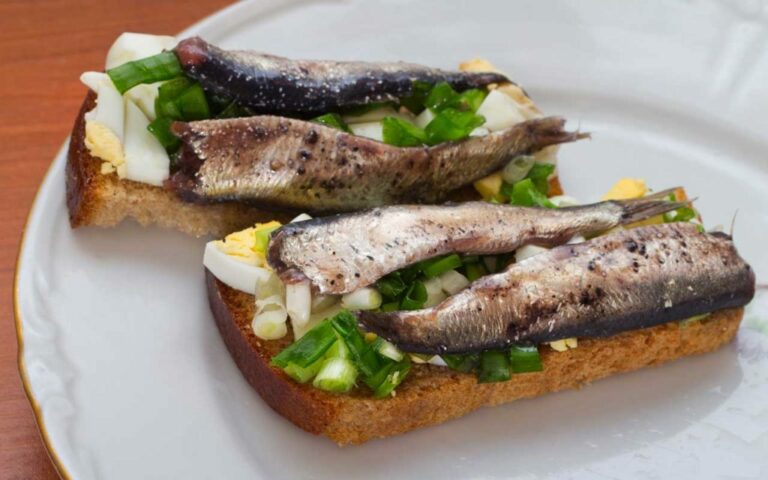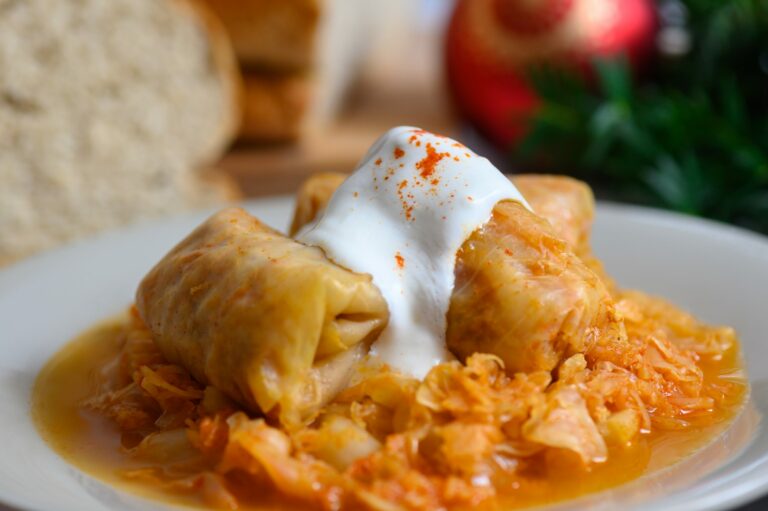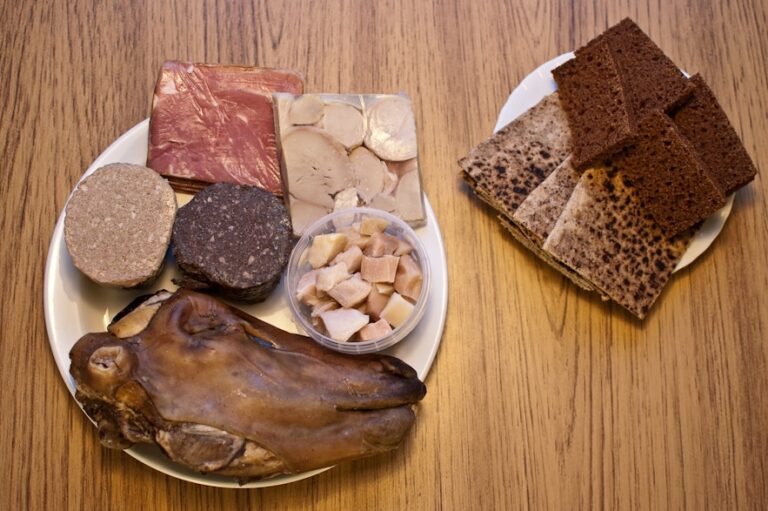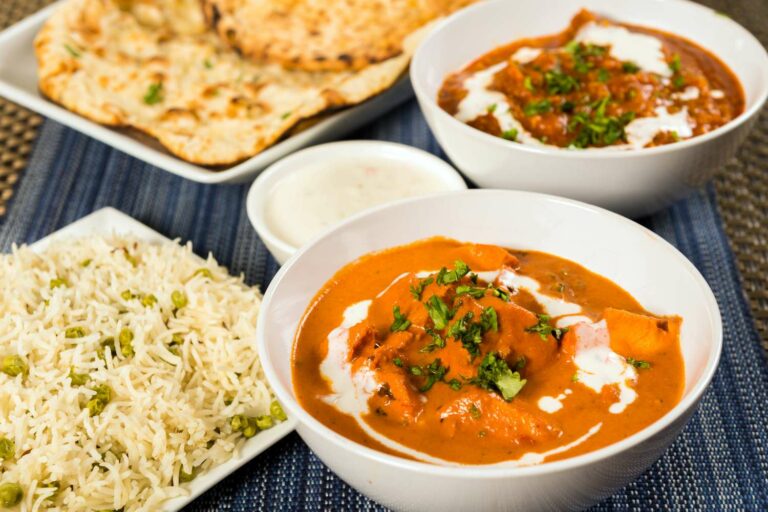Introduction: Exploring Authentic Dominican Flavors
The Dominican Republic is known for its vibrant culture, stunning beaches, and delicious cuisine. From plantains to seafood, Dominican dishes are full of bold flavors and unique seasonings. If you’re visiting the country and looking to experience authentic Dominican flavors, there are several local markets and food stalls you won’t want to miss.
These foodie hotspots offer everything from fresh produce to street food, and are a great way to dive into Dominican culture. Whether you’re a seasoned foodie or just looking for a taste of something new, these markets and food stalls are sure to satisfy your cravings.
Mercado Modelo: A Must-Visit Market in Santo Domingo
Located in the heart of Santo Domingo, Mercado Modelo is one of the city’s most popular markets. Here you’ll find everything from fresh fruits and vegetables to handmade crafts and souvenirs. But what makes Mercado Modelo truly special is its food section, which is packed with vendors selling traditional Dominican dishes like mofongo, sancocho, and chicharrón.
Make sure to visit the seafood section of the market, where you’ll find vendors selling everything from fried fish to ceviche. You can even buy fresh seafood to take home and cook yourself. Mercado Modelo is a must-visit for anyone looking to experience authentic Dominican flavors.
La Sirena: A Modern Supermarket with Traditional Offerings
If you’re looking for a more modern take on Dominican cuisine, La Sirena is the place to go. This supermarket chain has locations throughout the country, and offers a wide variety of traditional Dominican ingredients alongside more modern options. Here you’ll find fresh produce, meats, and seafood, as well as prepared foods like empanadas, pastelitos, and arroz con pollo.
La Sirena also has a bakery section where you can try traditional Dominican sweets like dulce de leche and bizcocho. If you’re looking for a one-stop-shop for all your Dominican food needs, La Sirena is the place to go.
Mercado de la Pulga: A Budget-Friendly Foodie Spot
Located in Santo Domingo’s Villa Consuelo neighborhood, Mercado de la Pulga is a budget-friendly foodie spot that’s popular with locals. Here you’ll find a variety of vendors selling everything from fresh produce to street food. Make sure to try the traditional Dominican dish of mondongo, a hearty soup made with beef tripe and vegetables.
Mercado de la Pulga is a great place to visit if you’re looking for a taste of authentic Dominican cuisine without breaking the bank.
La Plaza de los Locutores: A Hidden Gem for Food Lovers
La Plaza de los Locutores is a hidden gem in Santo Domingo’s Ensanche La Fe neighborhood. This bustling market is full of vendors selling fresh produce, meats, and seafood, as well as prepared foods like pastelitos and empanadas. Make sure to try the traditional Dominican dish of chivo guisado, or stewed goat.
La Plaza de los Locutores is a great place to visit if you’re looking to experience authentic Dominican flavors in a more local setting.
La Barquita: A Seafood Lover’s Paradise
Located in Santo Domingo Este, La Barquita is a seafood lover’s paradise. This market is full of vendors selling everything from fresh fish to seafood ceviche. Make sure to try the traditional Dominican dish of conconete, a savory rice dish cooked with coconut milk and seafood.
La Barquita is a great place to visit if you’re looking for fresh seafood and traditional Dominican dishes with a coastal twist.
Parque Duarte: A Food and Culture Hub in the Heart of the City
Parque Duarte is a food and culture hub located in Santo Domingo’s Zona Colonial neighborhood. Here you’ll find a variety of vendors selling everything from fresh produce to street food. Make sure to try the traditional Dominican dish of sancocho, a hearty stew made with beef, chicken, and vegetables.
Parque Duarte is a great place to visit if you’re looking to experience authentic Dominican flavors in a historic setting.
Mercado Colón: A Food Market with a Rich History and Flavors
Located in Santiago de los Caballeros, Mercado Colón is a food market with a rich history and flavors. Here you’ll find a variety of vendors selling everything from fresh produce to street food. Make sure to try the traditional Dominican dish of chicharrón, a crispy pork dish that’s popular throughout the country.
Mercado Colón is a great place to visit if you’re looking to experience authentic Dominican flavors in a city outside of Santo Domingo.



